The Power of Serving
May 20, 2019
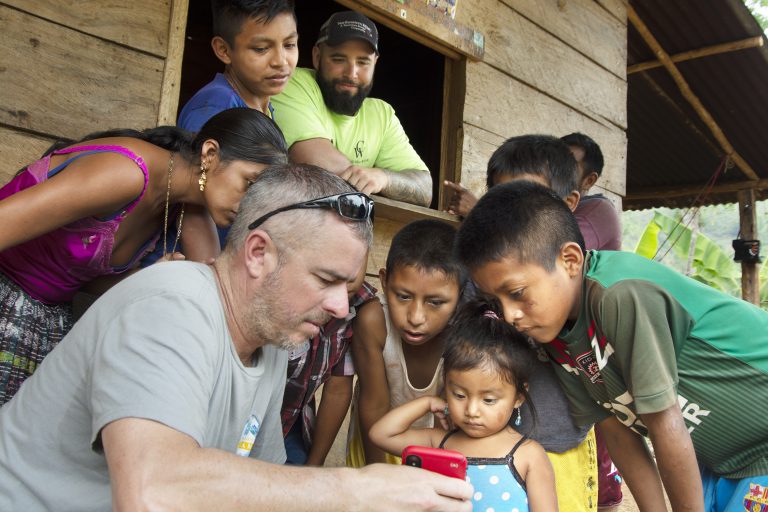
By Jennifer Stewart-Burton
Kevin Bay had never left U.S. soil. There wasn’t necessarily a particular reason why. The opportunity just hadn’t arisen. That all changed this Spring as the JCREMC Journeyman Lineman headed to San Jacinto, Guatemala with Indiana Electric Cooperatives’ Project Indiana.
Bay, alongside 13 other line workers representing various Indiana electric cooperatives, traveled to the Central American nation for 16 days to power the community and afford the residents life-changing opportunities. Sharing resources to help improve lives – especially the lives of the children – motivated him to step out of his comfort zone.
“That’s what it was about for me,” he said. “The kids.”
emPOWERING A COMMUNITY
San Jacinto is a rural community in east central Guatemala where the residents speak a Mayan dialect called K’iche’. The terrain is hilly and unforgiving, the weather hot and humid, and the local water source a creek at the edge of the village.
The region has a hydroelectric power plant and three-phase lines but much like the founders of the rural electric movement in the U.S. in the 1930s, the rural communities of Guatemala aren’t automatically served by the country’s electric utilities. In the case of San Jacinto and countless similar Guatemalan villages, the means and expertise to tie into the power system simply don’t exist.
The Power of Serving
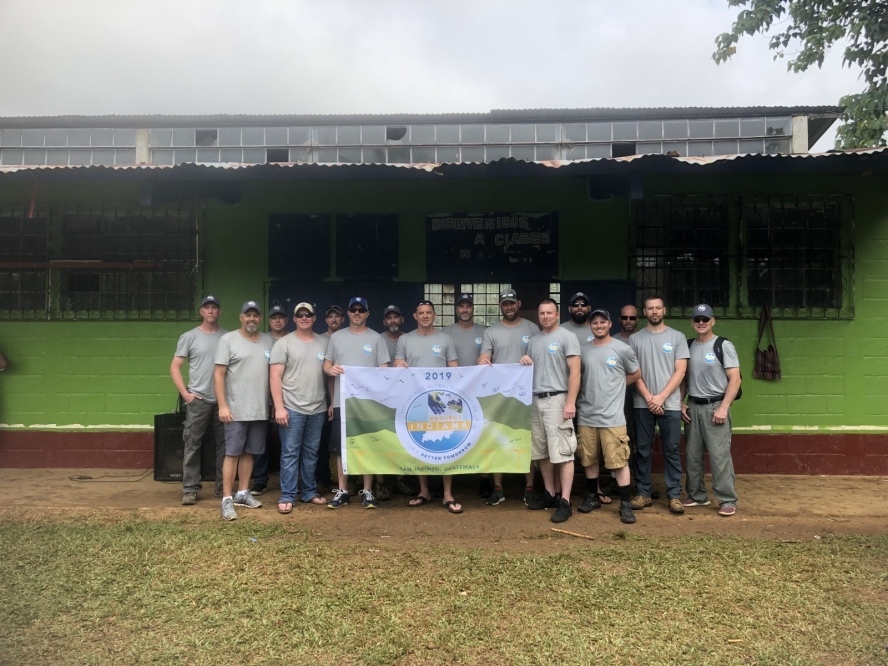
The Project Indiana team poses for a picture outside of the school.
The Power of Serving
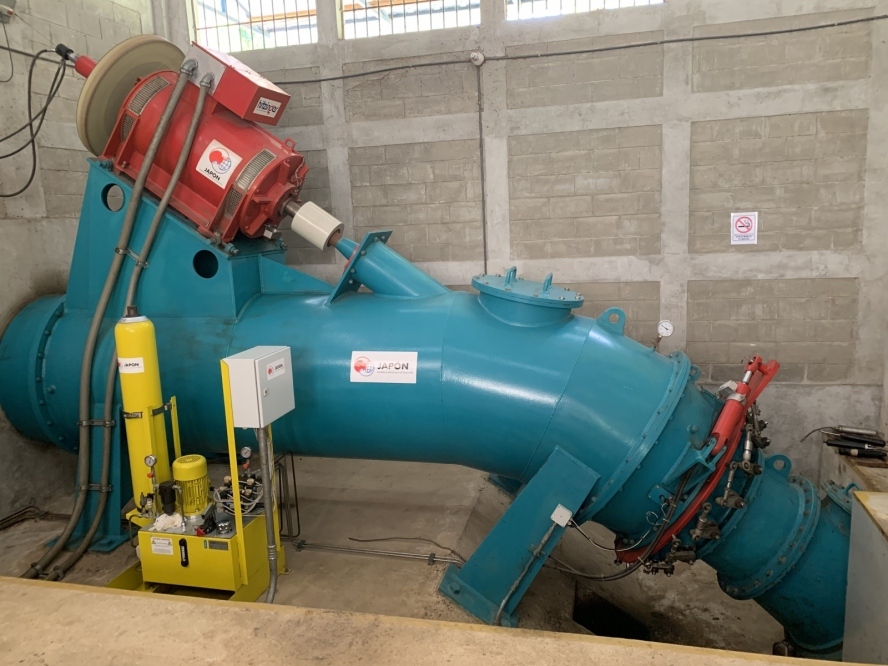
Guatemala has a hydroelectric power plant but rural communities aren’t automatically connected.
The Power of Serving
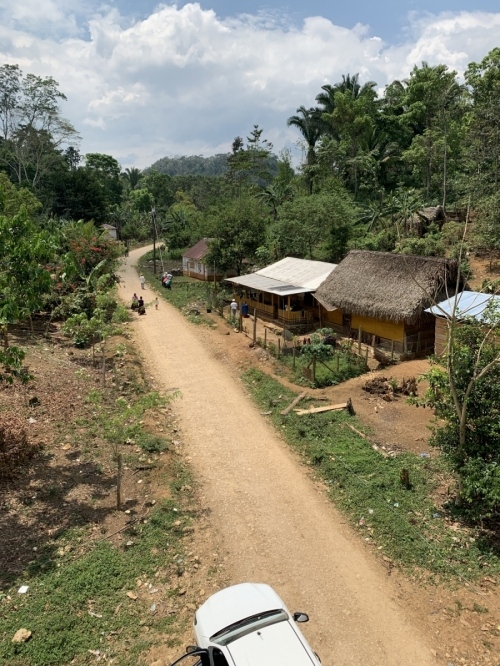
The community of San Jacinto as seen from the top of an electric pole.
The Power of Serving
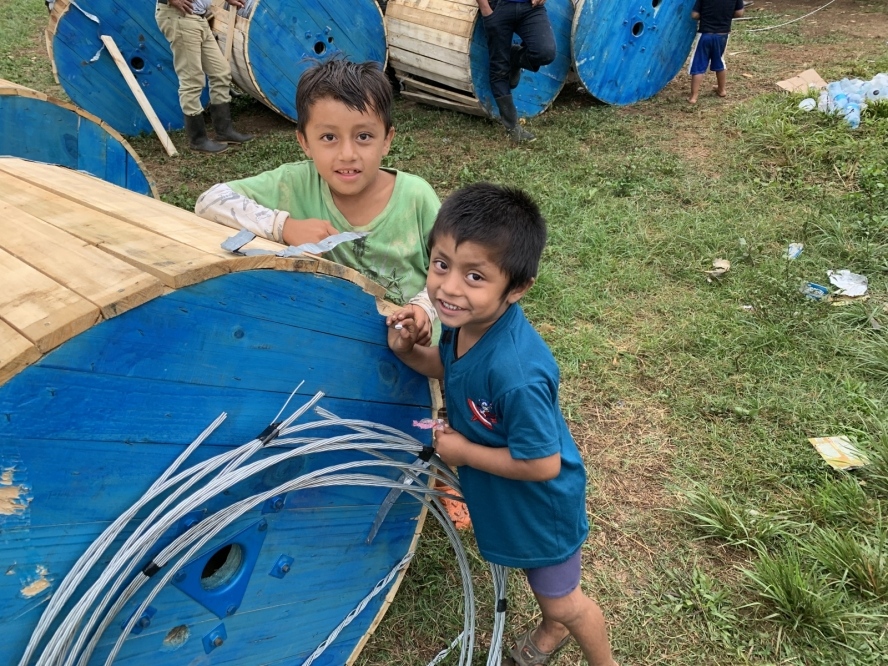
A couple of community children check out the electric line.
The Power of Serving
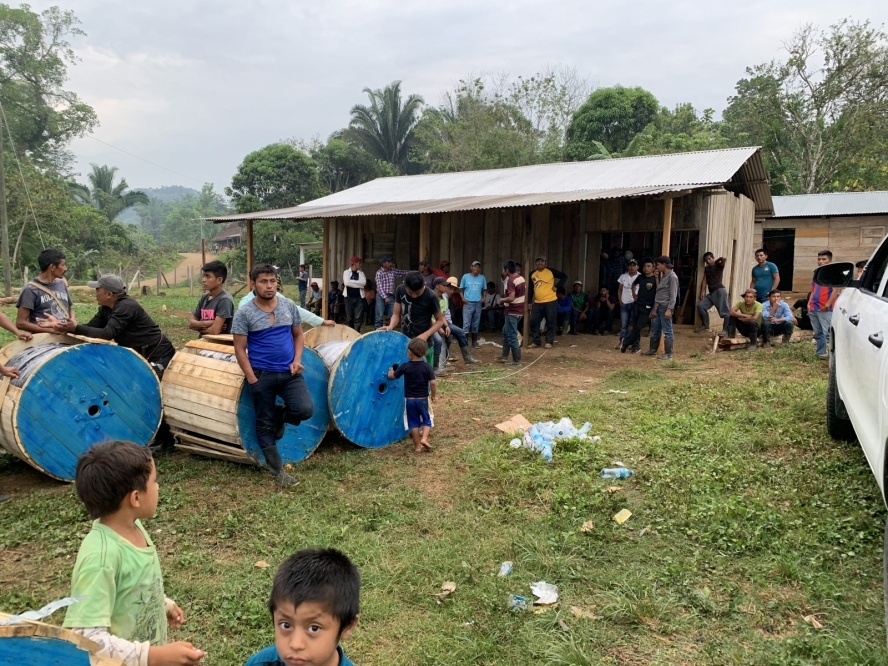
Each morning, a group of men would arrive at the warehouse to volunteer to work with the Project Indiana team for the day. Those chosen were paid for their efforts.
The Power of Serving
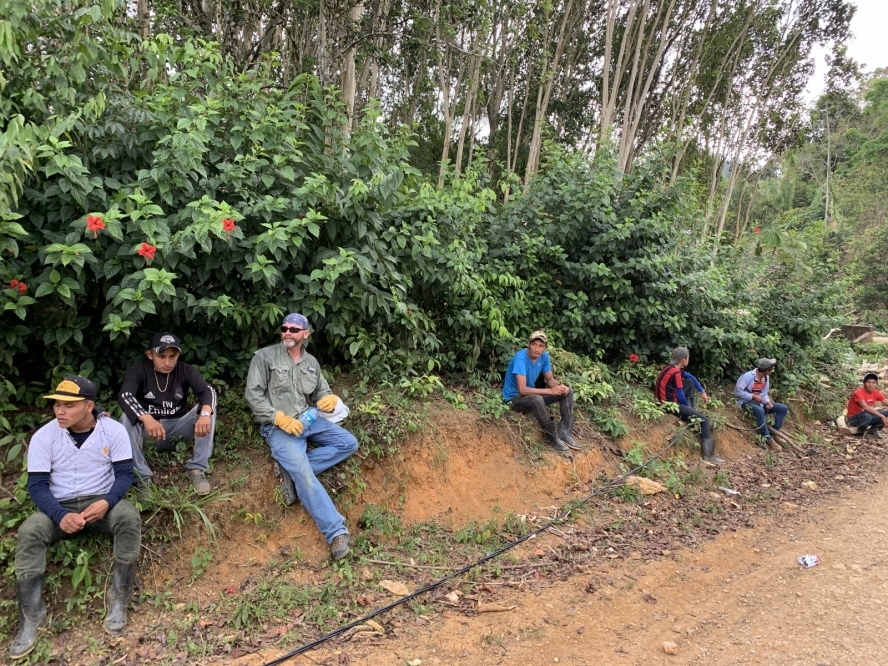
The crew takes a break from running lines.
The Power of Serving
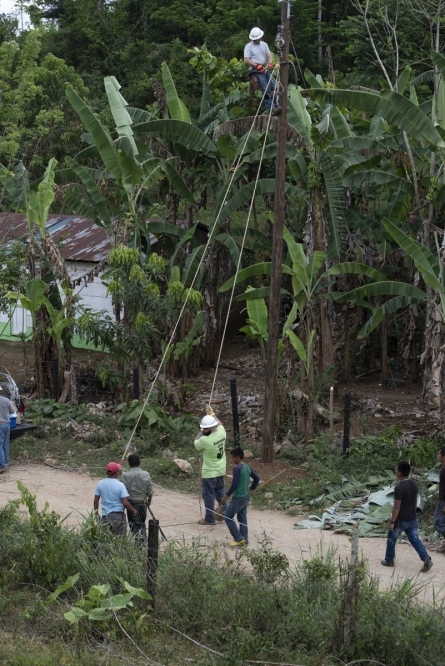
Kevin Bay climbs an electric pole. (Indiana Electric Cooperatives photo/Richard Biever)
The Power of Serving
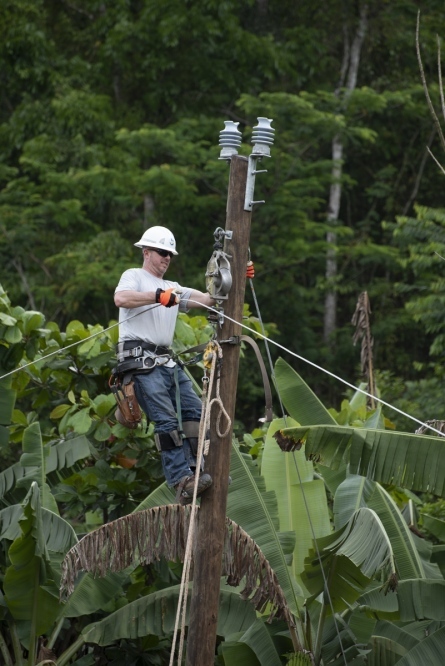
Kevin Bay running lines atop a pole in San Jacinto. (Indiana Electric Cooperatives photo/Richard Biever)
The Power of Serving
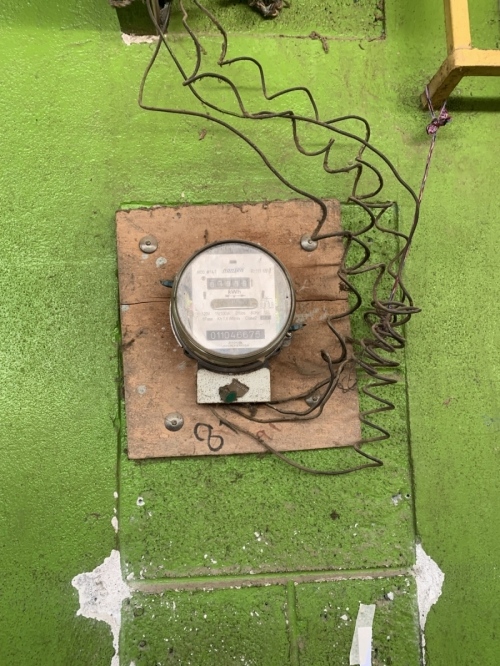
An electric meter outside of a home.
The Power of Serving
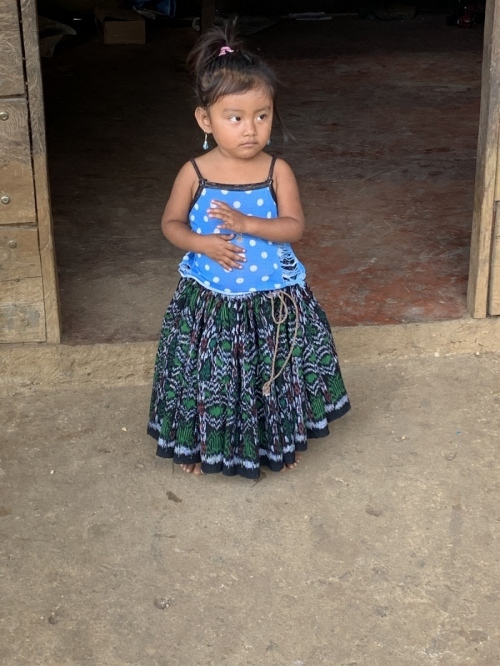
This curious young San Jacinto resident spent time with the Project Indiana team.
The Power of Serving
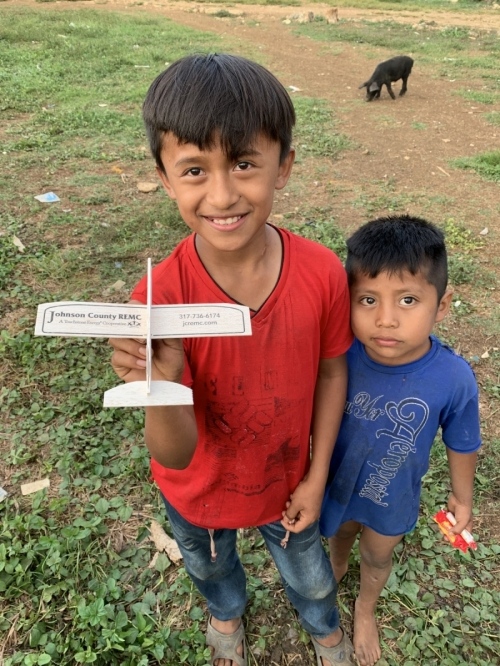
These JCREMC gliders were a hit with the children of San Jacinto.
The Power of Serving
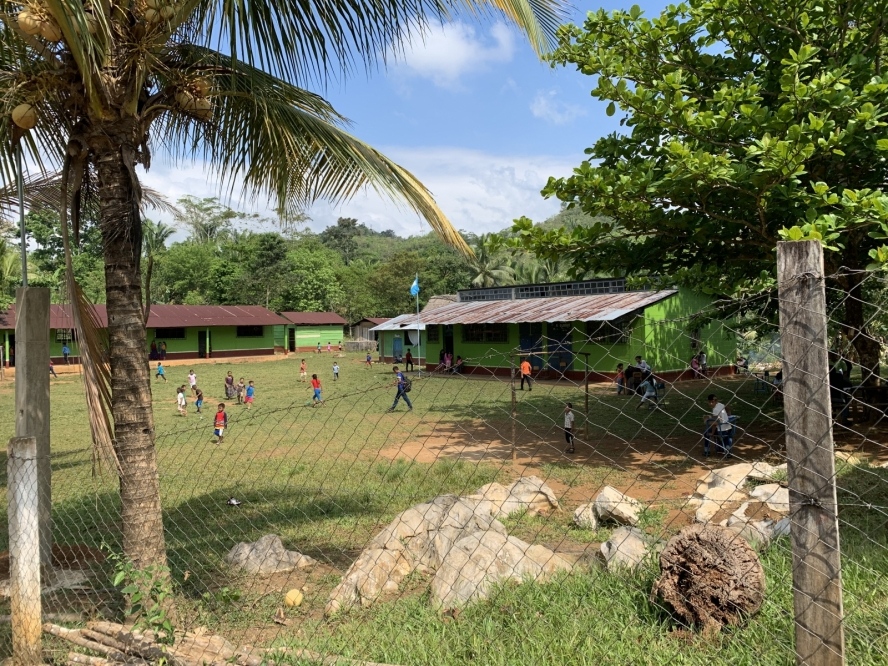
Outside of the school in San Jacinto.
The Power of Serving
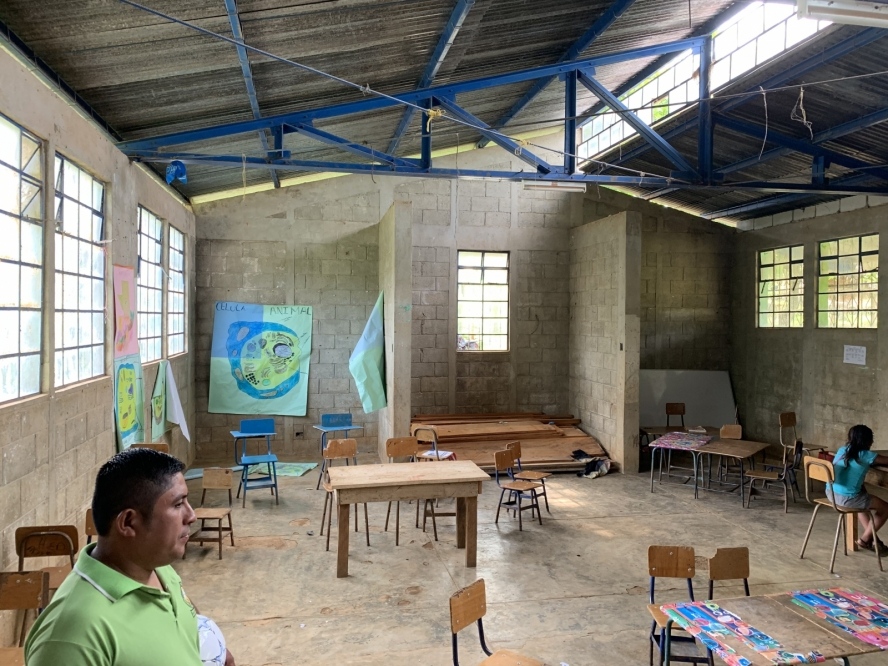
Inside a classroom at the school.
The Power of Serving
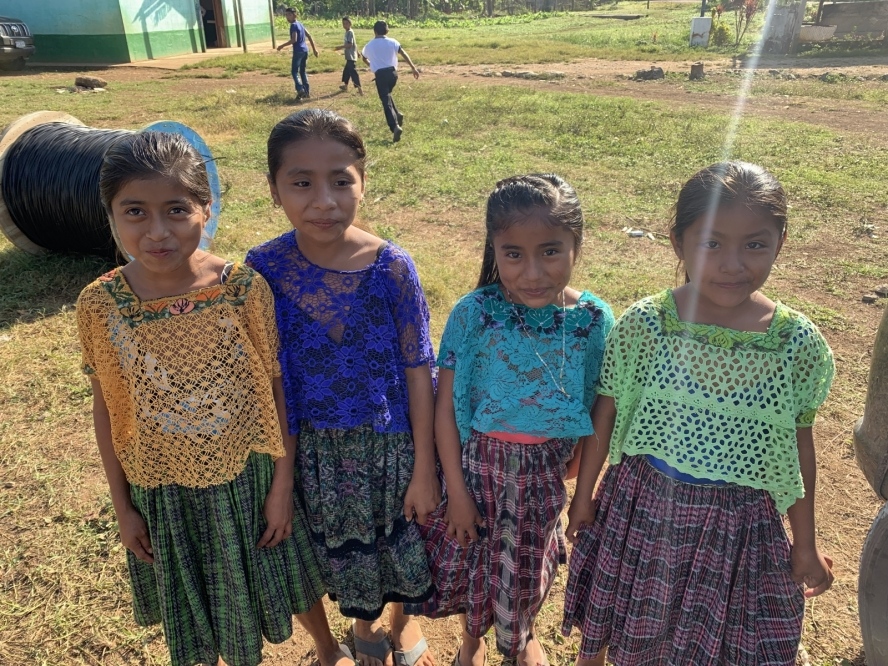
Girls show off their traditional attire outside of the school in San Jacinto.
The Power of Serving
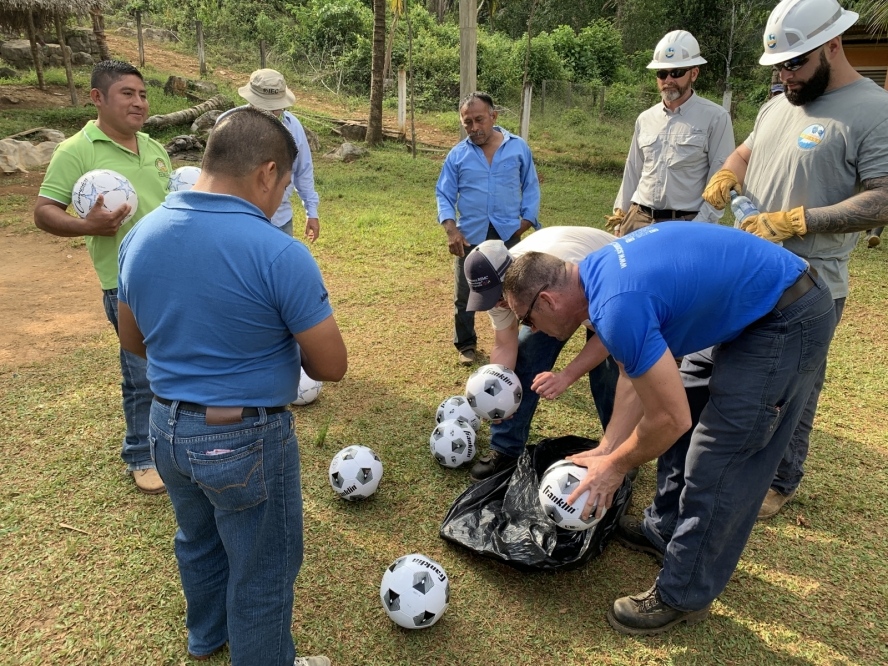
The Project Indiana team donated soccer balls to the school.
The Power of Serving
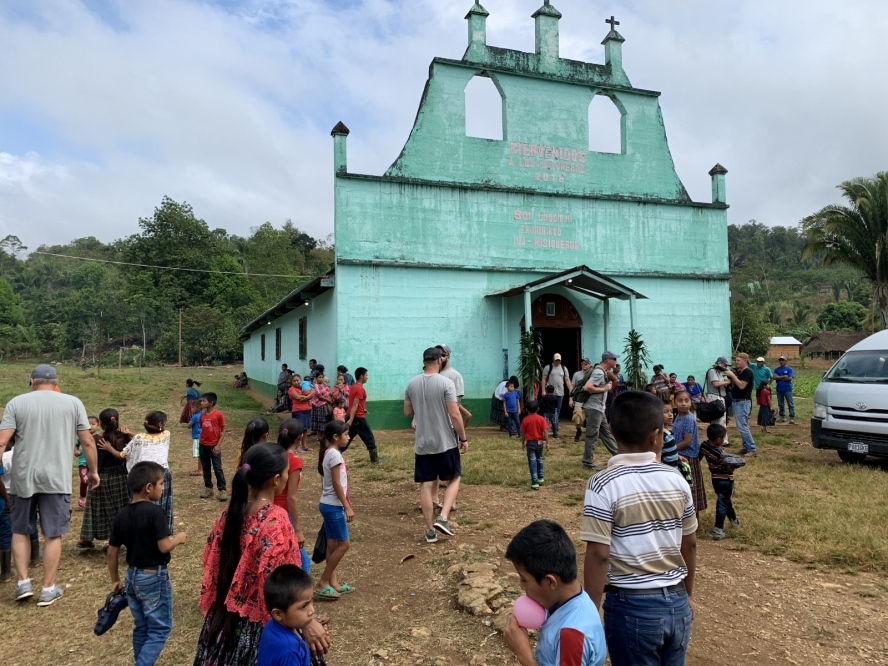
The church in San Jacinto.
The Power of Serving
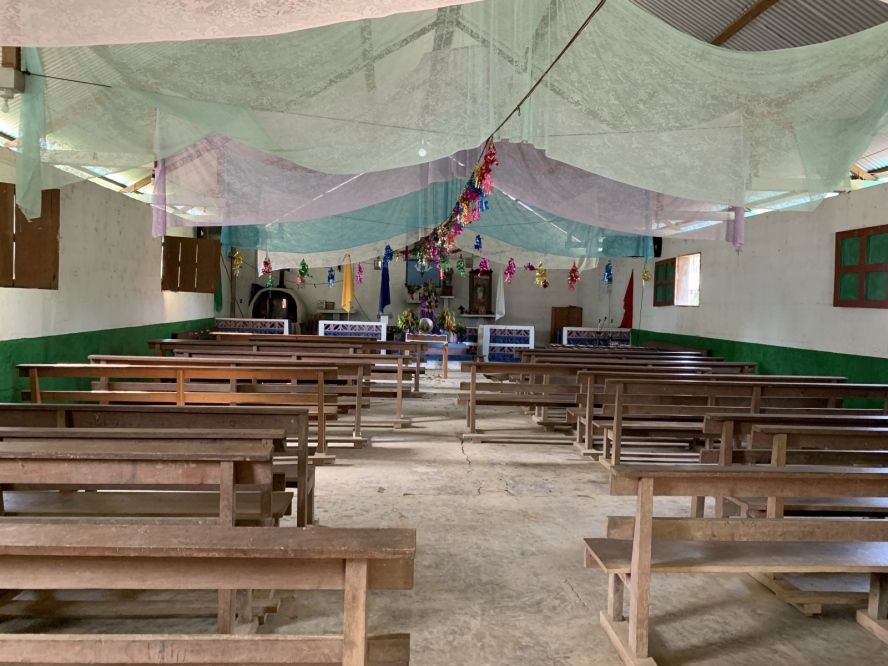
Inside the church in San Jacinto.
The Power of Serving
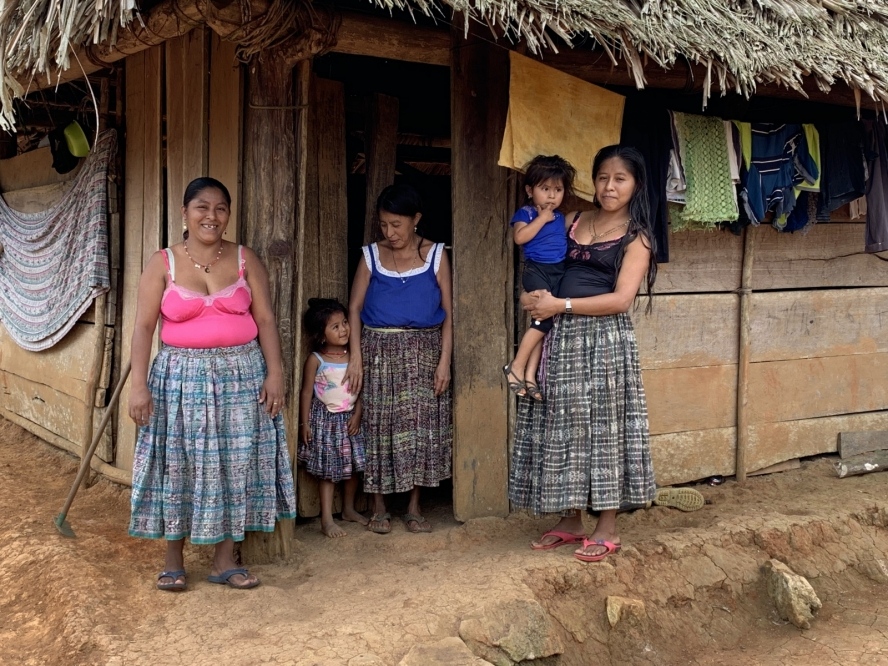
Women and children of San Jacinto smile for the camera.
The Power of Serving
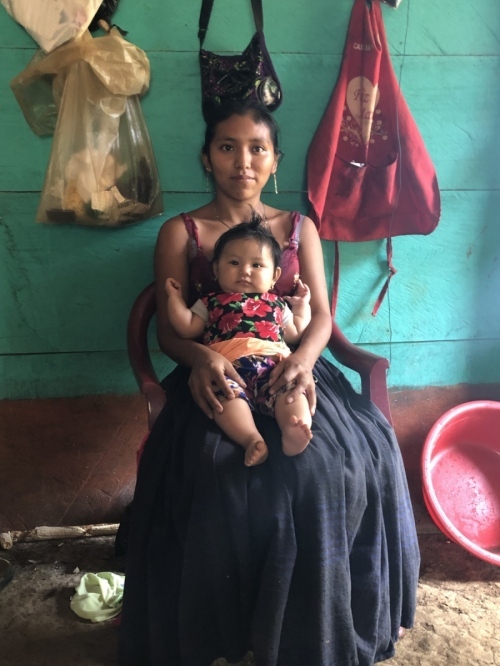
A San Jacinto mom proudly poses with her baby.
The Power of Serving
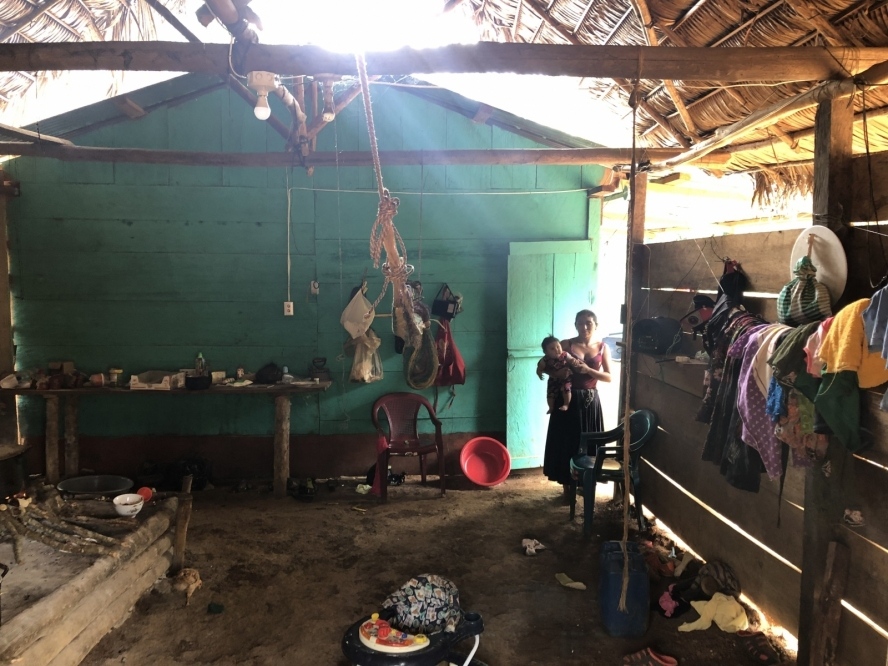
Inside a family’s home.
The Power of Serving
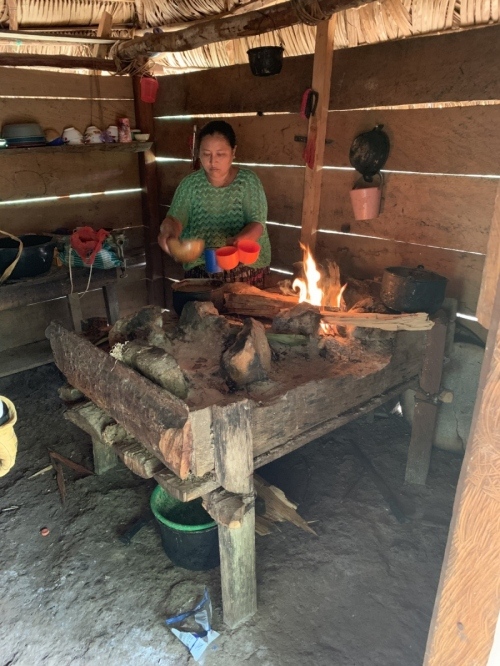
A woman prepares a meal over an open flame inside her kitchen. This cooking method has been replaced by properly-vented wood stoves in the homes that chose to have access to the new electricity. This requirement will improve the health of San Jacinto residents.
The Power of Serving
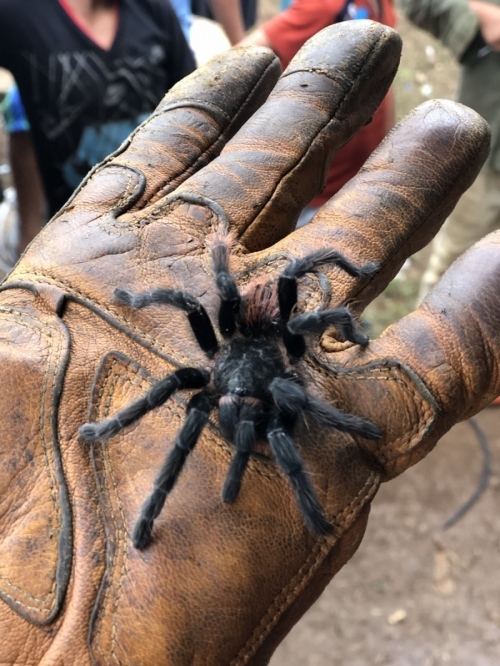
This tarantula was found in a home the Project Indiana team was wiring.
The Power of Serving
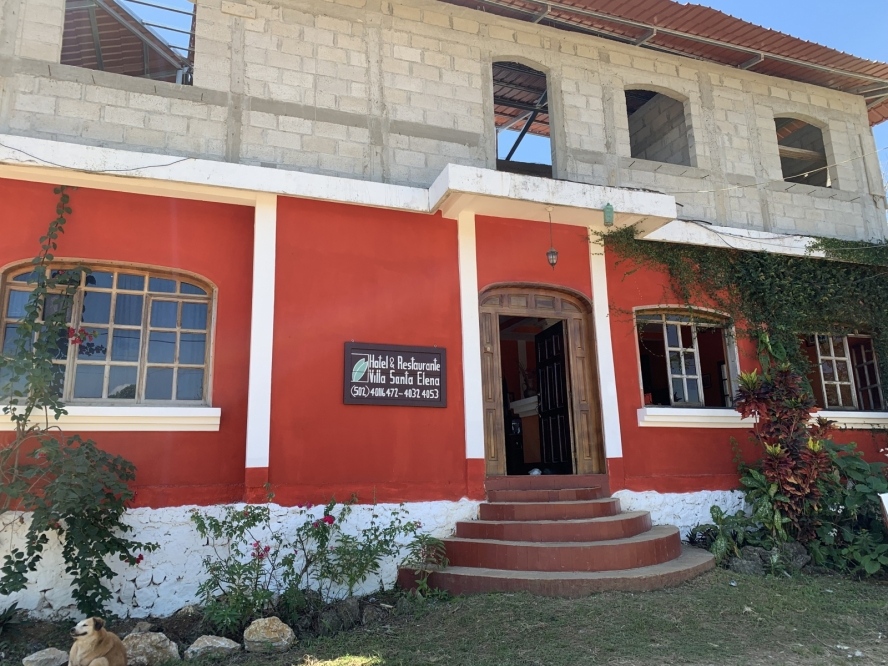
Hotel Santa Elena where the Project Indiana team stayed for most of their time in Guatemala.
The Power of Serving
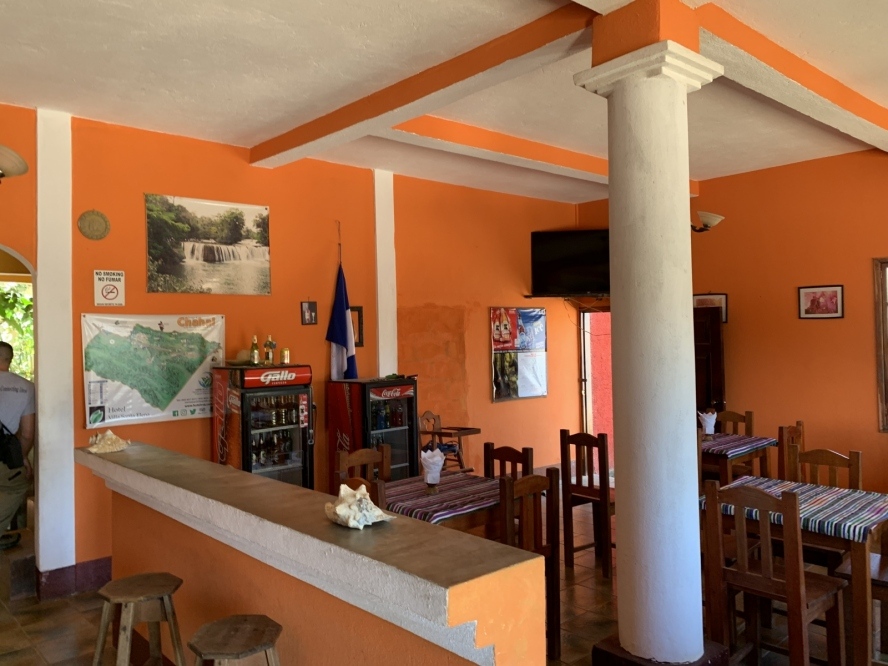
Inside the Hotel Santa Elena where the Project Indiana team stayed for most of their time in Guatemala.
The Power of Serving
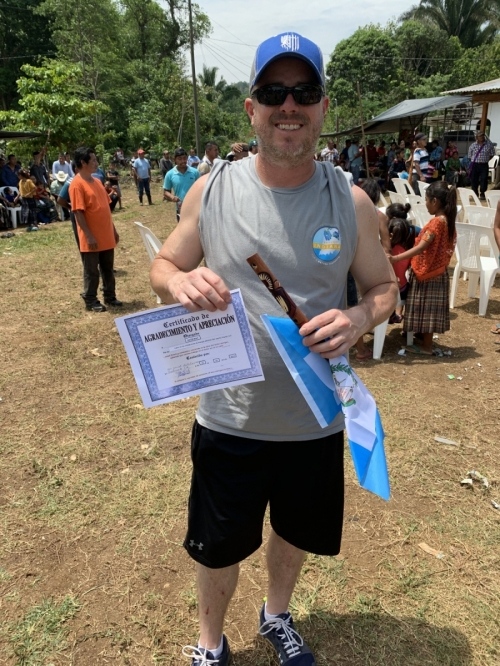
Kevin Bay proudly shows off the certificate of appreciation and gifts from the San Jacinto residents.
The Power of Serving

Kevin Bay shows photos of his family to some of the children. (Indiana Electric Cooperatives photo/Richard Biever)
The Power of Serving
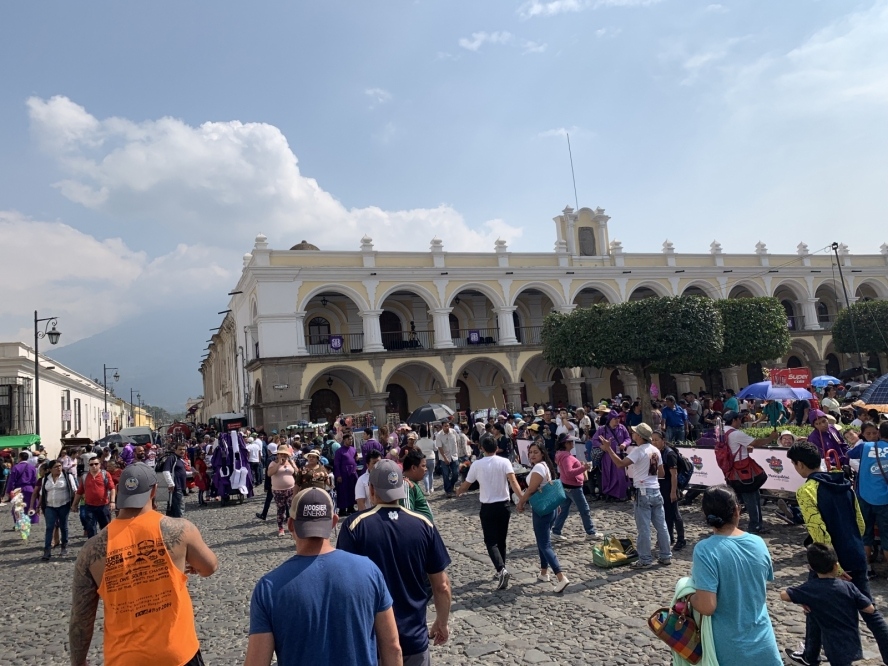
After finishing their work in San Jacinto, the Project Indiana Team did some sight-seeing in Antigua.
The Power of Serving
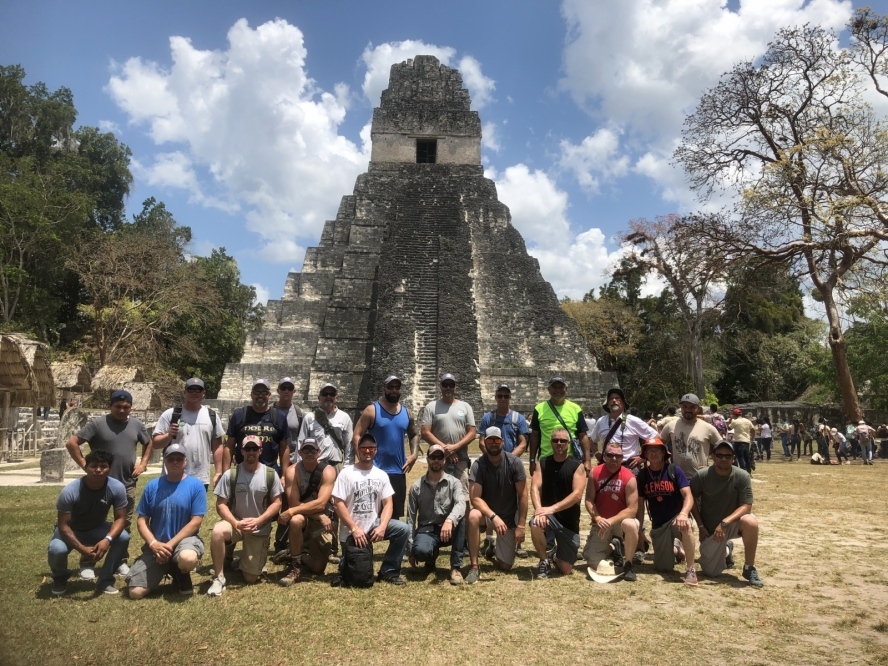
In addition to their time in Antigua, the Project Indiana team toured some Mayan Ruins.
With no previous access to electricity, the people of San Jacinto had been relying on a diesel engine to pump water from the nearby creek to their homes. At some point, vandals had stolen parts of the engine and it no longer ran. Without it, women had to daily hike rough terrain to the creek, their heads adorned with large buckets and jugs, to retrieve water for their families.
There was no way to power lights, sewing machines, or corn grinders. Everything the village residents needed required manual labor.
COMMUNITY INVESTMENT
Funding for the community’s electric infrastructure came through Project Indiana and the National Rural Electrical Cooperative Association; however, the residents were required to take ownership in the project, make some investments – predominantly in the form of sweat equity – and be part of the long-term plan to maintain it all.
One way the residents invested was by setting all the electric poles throughout the community prior to the Project Indiana team’s arrival. They dug holes 5-feet deep and set the 35-foot poles manually, including tying ropes around the tops of the poles to pull them into place. When each one was set, one of the men had to climb the top – sans climbing gear – to remove the rope.
In addition to setting poles, the people of San Jacinto built a shed that served as the line crew’s warehouse. The locked and guarded facility allowed the team to safely store their equipment (all of which was sourced locally) and gear for the entirety of the mission.
Each day, a group of community men worked on construction alongside the line crews, making the entire project a collaborative effort.
Project Indiana had one additional requirement for any community residents who wanted their homes to have power. Those who received indoor wiring committed to purchasing a small wood stove with a chimney to properly vent smoke. Prior to the project, women would cook over open flames on large stones inside their dirt-floor kitchens. According to Bay, the constant smoke inhalation had started to take its toll on their health and eyesight. Diverting the smoke outside of their homes will improve both.
BEYOND THE POWER
Project Indiana helped San Jacinto form an electric cooperative to oversee the new infrastructure, power distribution, and long-term sustainability of the system. Line workers from Guatemala’s power plant will handle the maintenance and any necessary repairs.
But the Project Indiana team’s impact in San Jacinto expands beyond electricity.
They completed their line and wiring work with time to spare, giving the crew time to repair the non-functioning diesel pump engine so the villagers again had easier access to water. They also powered the pump house, so the community can convert to an electric water pump in the future.
The team decided together that they wanted to do something special for the kids. They pooled together their own donations and combined the funds with contributions from one of the sponsoring cooperatives and a team member’s church to purchase 200 pairs of Frogs, versatile shoes similar to Crocs. They also bought piñatas and candy and threw a little celebration before they left.
They put the remaining funds toward offsetting the costs of San Jacinto’s new properly vented stoves.
NEW PERSPECTIVES
Seeing Guatemala firsthand was more than Bay could have imagined prior to the trip. He tried new foods, experienced a new culture, saw new places, and worked in different conditions.
Every morning, he and his fellow Project Indiana linemen made the 30-minute commute from their hotel to San Jacinto. Without bucket trucks to get them to the top, Bay said they climbed each of the electric poles at least three times. Combine that with the rough terrain they hiked around the community and “every day is leg day in Guatemala,” he said.
It made for tired and sore muscles but Bay said the views from the top were breathtaking.
“One of the things that really exceeded my expectations was the view and just how beautiful Guatemala is,” he said. “I had no idea.”
Even though Bay had reservations about leaving the United States and his family for 16 days, he went in with an open mind and a goal to serve others. He left with a whole new perspective.
“I really hope more people want to do this and I hope to see other people get involved with Project Indiana,” he said. “It’s changing people’s lives tremendously. We take for granted what we have. To share our resources is a great thing.”
Learn more at projectindiana.org.
PROJECT: SUSTAINABLE CHANGE
Project Indiana is a philanthropic organization committed to serving the people of Guatemala. It is administered by Indiana Electric Cooperatives and governed by a board of directors representing some of the state’s REMCs, as well as law, construction, and communications firms.
The organization’s mission centers around creating sustainable change. That means that they’re not only powering Guatemala’s rural communities but also helping them form cooperatives and improve education, nutrition, water, and healthcare.
The 16-day line-crew trips currently happen every two years but board members travel back and forth more frequently and the work in Guatemala never stops.
Learn more about Project Indiana, including ways to support the mission, at projectindiana.org.
Summer 2019 – Download the PDF version.
More News:
Resources of Hope shares updates made with Operation Round-Up funding
Mar 31, 2025
With Operation Round-Up, the JCREMC Community Fund has given over $500,000 in grant funding to local nonprofit organizations and charitable causes since the program’s start in 2019. So many incredible local organizations have put these funds to great use – from...
The Johnson County Historical Society shares its successes with Operation Round-Up
Mar 31, 2025
With Operation Round-Up, the JCREMC Community Fund has given over $500,000 in grant funding to local nonprofit organizations and charitable causes since the program’s start in 2019. So many incredible local organizations have put these funds to great use – from...
JCREMC Reworks Long-Term Power Supply Agreement
Jan 31, 2025
Johnson County REMC (JCREMC) has announced a new long-term power supply agreement with Hoosier Energy.
